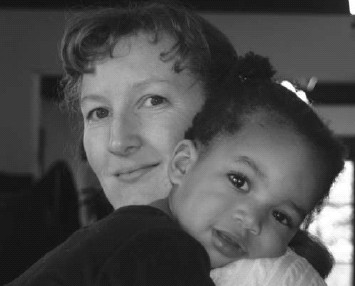By Tamara Brennan, Ph.D., executive director of The Sexto Sol Center for Community Action and writer at Mindful Moms Blog. Originally published on www.NationOfChange.org.
If, as the saying goes, it takes a village to raise a child, what happens when “bad things” keep showing up to disrupt the calm in that village? For those of us in the United States, watching the news with so many reports of war, shootings in public places, and information about policies that fly in the face of decency and fair play, well, it’s enough to ruin what inner peace we may have left despite of the hectic pace of our lives. Then it starts to rain too much in Colorado, creating yet another of the natural disasters that seem to happen all too frequently these days. As caring people, we carry an awareness of tragedy in our pockets as we go about our daily lives. 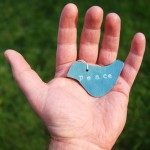
Each of these events is a part of an endless stream of bad news and tragedy. When they come out of nowhere too close to home, they shake up our sense of safety that we usually take for granted. But as we react to the news of each new shocking happening, the children in our lives are watching us, feeling our reactions and wondering what it all means about the world that they are just beginning to learn about. How we respond to their questions and fears is a test of the depth of our commitment to peacemaking.
Not everyone agrees about what information should be withheld from young children. Decades ago I was involved in informing people about the realities of the dirty wars in Central America, with their characteristic and systematic violation of human rights. On the way to a speaking engagement, I asked my speaking partner if he would consider not mentioning the details of a particularly horrendous and upsetting recent event if children were present in the audience. To my dismay he argued that the good to be gained by telling people the shocking truth about our country’s foreign policy outweighed the possible impact on a child or two.
Sure enough, there was a young girl sitting right in the front row. My partner did not censure his remarks. All I could do was watch helplessly as the child visibly recoiled with the telling. It was like witnessing desecration of holy ground. Afterwards, he and a close friend argued that children “need to know” what is really going on in the world, as if that experience somehow was ultimately for her benefit.
That is a sentiment that I have heard many times from activists, but I’ve yet to hear a compelling reason for this kind of early education about the ugly side human affairs. In a world of terrible atrocities, infuriating betrayals and devastating disasters, teaching young children about “the way things really are” goes way beyond telling them the story of Red Ridinghood and the lecherous wolf.
In order for children to develop in a healthy way, they must be allowed to have a fundamental sense that they are safe and that this is a benevolent universe. Their relative feeling of trust in the world will be the foundation on which they will build all their future experience – no small thing. The world is complicated, absolutely, but how is it beneficial to allow young children to believe that it is threatening, chaotic and loveless?
A child’s ability to comprehend the nature of life develops over nearly two decades. Being mindful that young children do not have our sophisticated ways of coping with news of tragedy, disaster, violence and danger will help us make decisions about what information we expose them to at home or while they are in school.
But let’s be honest. For politically committed and well-informed parents, there are moments when we get full to the top with feelings about the world situation. For all of us, parents or not, whenever our feelings are aroused, it takes self discipline to not blurt things out just to relieve the tension we feel or to register our outrage. If we do, the impact could hit like a careless stone hurled into the waters of the immature awareness of the children in our lives. Is that really what we want to do? After all, isn’t it for their sakes that we work for a better world?
If we are serious about creating a peaceful and sustainable world, we would not do violence to children’s precious and basic trust in life by exposing them to frightening information they can’t assimilate. It is a matter of respect then, to protect our tender children from the fear and anger we feel about the mess things are in. We would do well to face our own pain and disappointment so that we can heal the angst we have been carrying. Not only is doing so good for our families, but when we take back our power that has been trapped in fear, rage and grief, we become more effective as proactive change-makers.
Our world, more than ever, needs healthy people capable of envisioning and creating a human culture based on love and compassion. We need people who are emotionally responsive and thus able to act decisively while leading the way to higher ground with kindness.
There will be plenty of opportunity ahead for “real life” education for our children as realities become apparent to them in a more natural way without premature exposure. Our job as parents, teachers, friends and relatives is to protect them long enough to allow them to develop a healthy faith in a loving and safe world. It is their birthright to have the opportunity to develop a feeling of being empowered before the daunting challenges facing humanity make them feel overwhelmed. If we succeed in creating the conditions for their empowerment to occur, we will see them become the realization of our deepest hopes as they step into their roles as part of the shift toward a the better world we dream of.
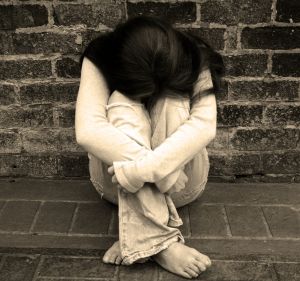 For survivors of childhood sexual abuse or sexual assault, breastfeeding can pose challenges. Unfortunately, sexual abuse and assault are relatively common experiences, affecting 20% to 25% of women. The reactions of abuse survivors to breastfeeding run the whole range of responses – from really disliking it to finding it tremendously healing.
For survivors of childhood sexual abuse or sexual assault, breastfeeding can pose challenges. Unfortunately, sexual abuse and assault are relatively common experiences, affecting 20% to 25% of women. The reactions of abuse survivors to breastfeeding run the whole range of responses – from really disliking it to finding it tremendously healing.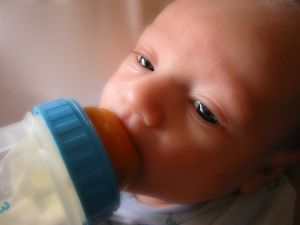 When I was pregnant for the first time, I wasn’t sure what I would do and I was actually a little afraid of committing to breastfeeding and being my child’s sole source of sustenance.
When I was pregnant for the first time, I wasn’t sure what I would do and I was actually a little afraid of committing to breastfeeding and being my child’s sole source of sustenance.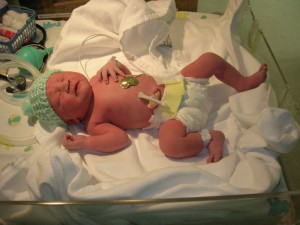
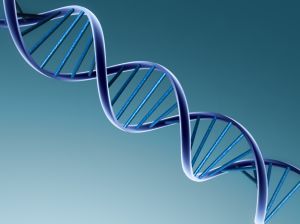 Research has, for many years, shown that the way a child is parented will physically shape his brain — that each interaction, good or bad, will create pathways within the brain as a reflection of the emotions surrounding that interaction. And that a pattern of neglect or abuse will shape the brain differently than will a consistently loving, attachment-promoting relationship.
Research has, for many years, shown that the way a child is parented will physically shape his brain — that each interaction, good or bad, will create pathways within the brain as a reflection of the emotions surrounding that interaction. And that a pattern of neglect or abuse will shape the brain differently than will a consistently loving, attachment-promoting relationship.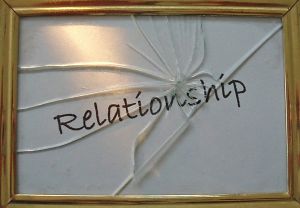 I frequently receive e-mail from parents who practice Attachment Parenting (AP) across the United States and in other countries asking for help and support in custody cases when they are contemplating shared joint custody of their infants, toddlers, and preschool children.
I frequently receive e-mail from parents who practice Attachment Parenting (AP) across the United States and in other countries asking for help and support in custody cases when they are contemplating shared joint custody of their infants, toddlers, and preschool children.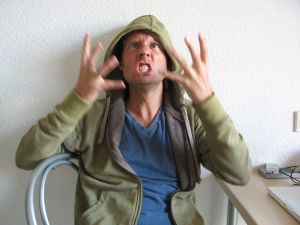 It’s one thing to understand how remaining calm, supportive and objective can be a great service to our children and another thing to do it when we’re exhausted, frazzled, and sleep-deprived.
It’s one thing to understand how remaining calm, supportive and objective can be a great service to our children and another thing to do it when we’re exhausted, frazzled, and sleep-deprived.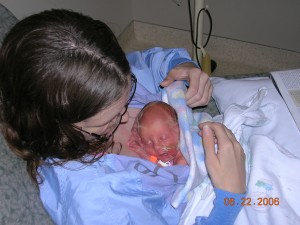
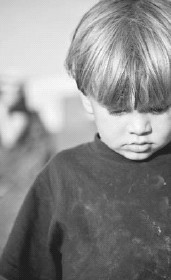 The typical scenario of a young married couple adopting an infant from birth has changed dramatically and has been redefined. Historically, a traditional adoption was defined as a healthy infant placed with an infertile, middle-class white couple.
The typical scenario of a young married couple adopting an infant from birth has changed dramatically and has been redefined. Historically, a traditional adoption was defined as a healthy infant placed with an infertile, middle-class white couple.